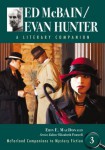
In 1922, Agatha Christie, author of two published mystery novels with a third forthcoming, joined husband Archie on a yearlong tour in advance of the 1924 British Empire Exhibition, visiting South Africa, Australia, New Zealand, and Canada, with a side trip to Hawaii. About 40 pages from Christie’s autobiography serve as a framing device, but the letters and diary entries that make up most of the book are new to print. Illustrations include photos from the trip and its personalities, typed and handwritten letters, postcards, itineraries, menus, newspaper clippings, and maps. Though there’s little reference to Christie’s fiction, as a travel narrative, an insight into her personal life at a very happy period, and a reflection of pleasures and attitudes of the 1920s, this is a most enjoyable account. Its appeal is not limited to Christie completists.
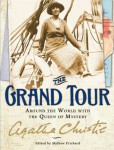
Though the subject matter seems foolproof, this undisciplined book is sunk by numerous errors, tortured prose style (“Shaw then traversed into a realm of familiarity to those who have viewed the work of one of filmdom’s master directors…”), irrelevant tangents (e.g., an amusing anecdote about Basil Rathbone that has nothing to do with film noir), and regurgitation of mistaken conventional wisdom, such as the belief that Anthony Boucher was hostile to the works of Raymond Chandler, Chandler having reached that conclusion based on a book review he hadn’t even read.
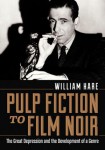
This collection of essays about the modernized TV series, its impact on Sherlockian fandom, and its connection to Conan Doyle’s original stories and earlier adaptations is not a completely worthless book—readers not immersed in online fan culture will at least pick up some new vocabulary—but after Lyndsay Faye’s good prologue, things degenerate into academic pop culture studies at their most self-indulgent, pretentious, and bela-boring of the obvious, giving undeserved significance to a harmless but minor hobbyist pursuit while leeching all the fun out of it. One scholar reductively stereotypes both Golden Age detection and hardboiled private-eye fiction. Another deploys a triple redundancy straight out of a student paper: “In this modern world we live in…” Others provide horrible examples of professorial prose: Sherlock Holmes is “an evolving transmedia figure, at the center of myriad cultural intersections and diverse representational and fan traditions”; “This incarnation of Holmes engages with decentered and destabilized hierarchies of knowledge typical of networked culture,” but “there are limits to the extent Holmes can incite fans’ participatory culture as a cultural activator, since Sherlock specifically codes fan knowledge cut apart from fan affect.” If any of this sounds remotely interesting, you may be the audience for this book.
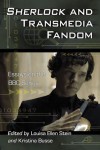
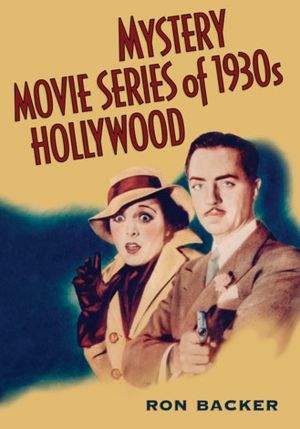 A critically astute and entertaining guide to 22 of the best mystery movie series of the 1930s.
A critically astute and entertaining guide to 22 of the best mystery movie series of the 1930s.

Page 34 of 44


